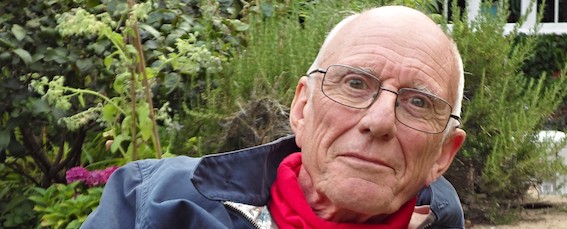“The Railway Man”: Oddly unconvincing
Most middle-aged people with any sense of history have had plenty of opportunities to try to get to grips with the horrors of the Japanese exploitation of their prisoners of war. On the face of it, the extraordinary real-life story of Eric Lomax’s journey from victim to forgiveness would have made a wonderful film. But it hasn’t, I think….
I can’t see that Colin Firth could have made himself into a mangled 63-old, nor Nicole Kidman into the 40-something nurse of twenty years’ experience, that the pair actually were in 1982 when they met. Even back then, England did not look as it supposed to in the film. So as the film progresses, I was ready to disbelieve its story. More importantly for credibility, I did not really believe the portrayal of Eric Lomax’s crises, or the account of the unfolding of his beginning to grapple with them. Until I come across good evidence to prove that the film is right, it seems to me improbable that Eric Lomax would have ever have behaved as he is depicted as doing when he first met his Japanese tormentor Takashi Nagase. Indeed, these pantomime efforts risked vulgarising the very dignity which Eric Lomax seems to have epitomised. Perhaps the film-makers thought they needed this vividness to get across the idea Eric did nurture ideas of violent revenge. I could have wished for greater use of Firth’s brilliant ability to convey the interior and the mute.
I think the account given by Patti Lomax in the Daily Telegraph of her husband’s travails is infinitely more moving than this film’s version, as indeed is the documentary made of one of the meetings between Nagase and Lomax.
I don’t understand the choices the film-makers made, except perhaps that they were made in the interests of accessibility, not least by generations for whom these themes are not familiar. But the result will leave the film open to same sort of accusations which now plague the 1957 film, The Bridge On the River Kwai, and that hardly seems like progress.


Leave a comment